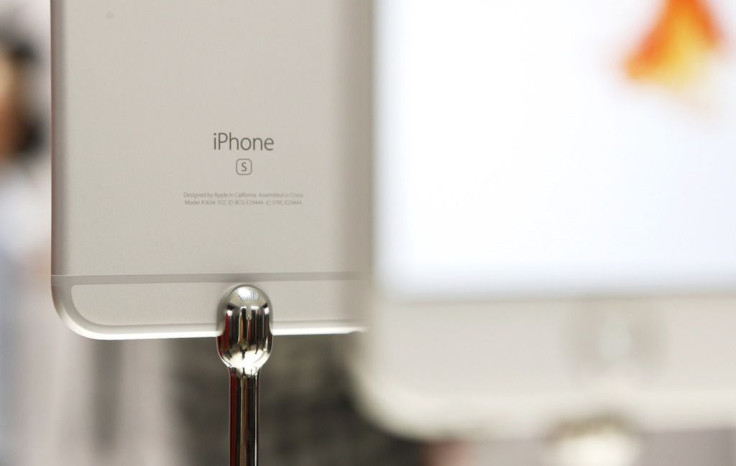What Was The Most Successful iPhone Of All-Time? A Look At Apple's Best Smart Phone

Since launching the first iPhone in June 2007, Apple has essentially created a tech consumer staple. Over 2 billion iPhone have been sold, creating a bit of tech nostalgia for iPhones of the past.
The iPhone 6S was still on sale as recently as 2018, when the company was launching the advanced iPhone X and with the iPhone 8 was still on the market. This flew in the face of the company’s past policy of only offering devices from one generation prior, but it was not without reason, as the iPhone 6S and its little brother, the iPhone 6, are considered by many to be the crowning achievement of Apple smartphone line.
When it was released in September 2015, the original iPhone 6 blew past sales records with 10 million units sold during its opening weekend, outpacing the 9 million of the iPhone 5S and 5C models. The iPhone 6 also topped the 5S in long-term sales, selling 71.5 million units in three months, 30 percent more than its predecessor managed in the same time frame. To date, the 6 family of iPhones remain the best-selling Apple smartphones of all-time.
The iPhone 6S ran an A9 Chip, which critics and pundits noted in 2018 still ran the new iOS 11 smoothly, and even outperformed the newer iPhone 8. While critics conceded that the 8 had the superior rear camera, some noted that for the much more affordable price, the iPhone 6S’s 8-megapixel camera was still an outstanding option for consumers.
After the 6S and starting with the iPhone 7, sales and acclaim for Apple products began to decline as many took issue with new design elements. In an effort to push the tech industry towards Bluetooth, the iPhone 7 infamously ditched a 3.5-mm headphone, making the 6S the last iPhone to support wired headphones without an attachment. While the switch from metal to a glass back on the iPhone 8 facilitated wireless charging, some took issue with its build quality, favoring the more shatter-resistant metal of the iPhone 6S.
Indeed, the 6 and 6S, with their massive commercial success and celebrated design, represent the pinnacle of Apple’s ubiquitous smartphone offering.
What's in store for the future of iPhones may not be so great. Rosenblatt analyst Jun Zhang said in July that new iPhone sales would be disappointing and that the iPhone XS could end up being "one of the worst-selling iPhone models in the history of Apple." Tariffs could see a drop in U.S. sales of iPhones by between 6 million and 8 million in 2020 while Apple expects to release three new iPhone editions in a matter of weeks.
The iPhone still dominates the market but it remains unclear if Apple's signature product can withstand a consumer tech culture that often strays from brand loyalty.
© Copyright IBTimes 2025. All rights reserved.




















